Lensbaby Edge 80 Optic: Tranche de Vie(w)
There are three main elements in depth of field—focal length, aperture, and distance to subject—and depth of field is a very important part of a 2D photograph. It’s how we judge scale (or are fooled by it), how we note the importance of certain subjects within the frame, and how we define content and context in the scene. With these three controls, and using various points of view, it seems we have infinite variations to choose from, and that’s part of the creative play of photography. Now you can add a fourth element to the mix—tilts that range from mild to extreme and that create “slices” of sharpness within the frame. The tool that helps us create that effect is the latest optic from Lensbaby, which they dub the Edge 80.
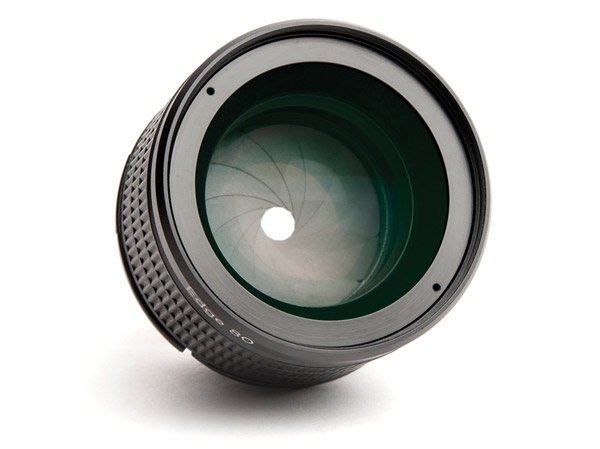


The 80 in the name gives away the focal length of the optic just as did their naming of their last optic, the Sweet 35 (see our review in the August, 2011, issue of Shutterbug or type “Sweet 35” into the Search engine on our website, www.shutterbug.com). And just like the Sweet 35, the Edge 80 is part of the Optic Swap System and drops into the company’s Composer, Composer Pro, Muse, Scout, and Control Freak, the linkage between optic and lens mount on the camera. Being an 80mm, that’s what you get on a “full-frame” D-SLR, as I did when testing with my Canon full-framer, but you gain even more effective focal length when using an APS-C sensor camera, as much as 120mm (Nikon) and 128mm (Canon).

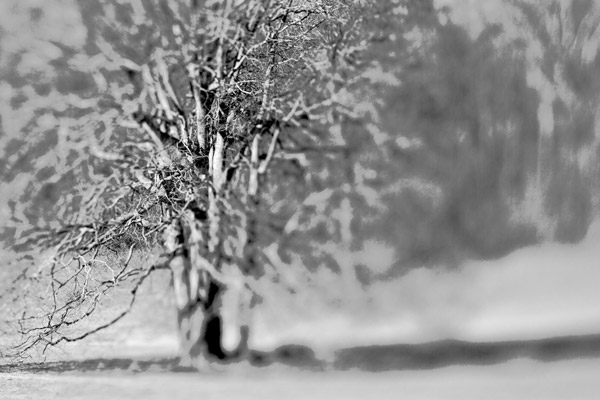
All Photos © George Schaub
Yes, the focal length really makes for some new takes on the classic Lensbaby effects, but what really differentiates this new Lensbaby optic is the “slice” or plane of focus you can achieve that seems to defy optical sense. The slice is a result of this being a “flat-field” lens and is quite odd, in that areas in the foreground and background can both be in focus while areas in the middle ground can be out (see illustrations). This is an optic, like the Sweet 35, with a variable aperture control built in, and you use those apertures to both control light and define the “width” of the slice—it’s wider at f/22 and narrower at f/2.8. Adding to the soft effect is a 12-blade diaphragm, a construction deemed to enhance bokeh.
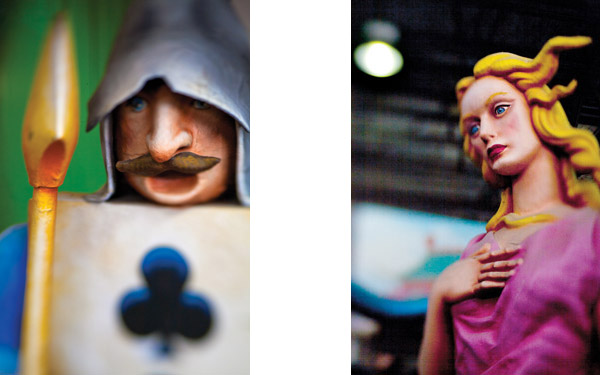
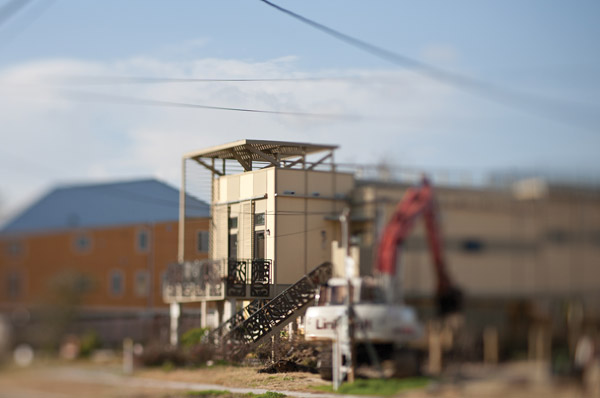


Tip: A flat-field lens is one that is highly corrected for astigmatism and curvature and is designed to yield a “flat” image; that is, one that matches the sensor (in this case) surface to the focal plane. Think copy, enlarger, and projection lenses.
If you haven’t worked with a Lensbaby, they offer tilt effects by first having you place an adapter on the camera mount (Lensbaby has adapters for nearly all camera mounts; however, the Edge 80 is not compatible with the Composer with Tilt Transformer for Micro Four Thirds and Sony NEX cameras) and then placing various optics into those adapters and playing with tilts around and side to side with the highly mobile ball head-like mount.
As mentioned, the Edge 80 has a variable aperture control built in from f/2.8 to f/22. While the temptation (for me, at least) is to work mostly with the wider apertures for the wildest effects (the widest I can use given lighting conditions, that is), the narrower apertures also serve a function beyond light control and allow for use of tilt to gain even wider slices of focus in the frame. And as a kind of bonus, the Edge 80 has a built-in extension tube, a pull-out section on the front of the optic that allows you to focus as close as 17” (when fully tilted), opening up even more visual options.

To give the Edge 80 a test I used a “full frame” and APS-C sensor size D-SLR in various lighting conditions and locales. My aim was to investigate both the tilt and focus slice effects at various apertures and, using both camera bodies, at the 80mm and effective 128mm focal length with the smaller sensor. I did some exposure and contrast processing after download but nothing with sharpening or blur (except of course contrast controls, which can enhance or diminish the sense of sharpness). See the images and accompanying notes for comments.
In the end, the Edge 80 offers another example of how innovative approaches to optical effects, and making those effects available on-camera and not after, can be a fascinating way to work. There’s no question that the Edge 80 had me seeing and shooting way out of my comfort zone, and creatively that is always a good thing.
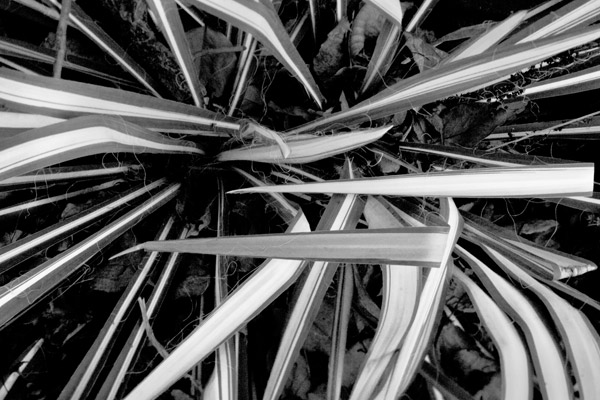
The MSRP of the Edge 80 is $300. For more information, contact Lensbaby at: www.lensbaby.com.
- Log in or register to post comments

















































